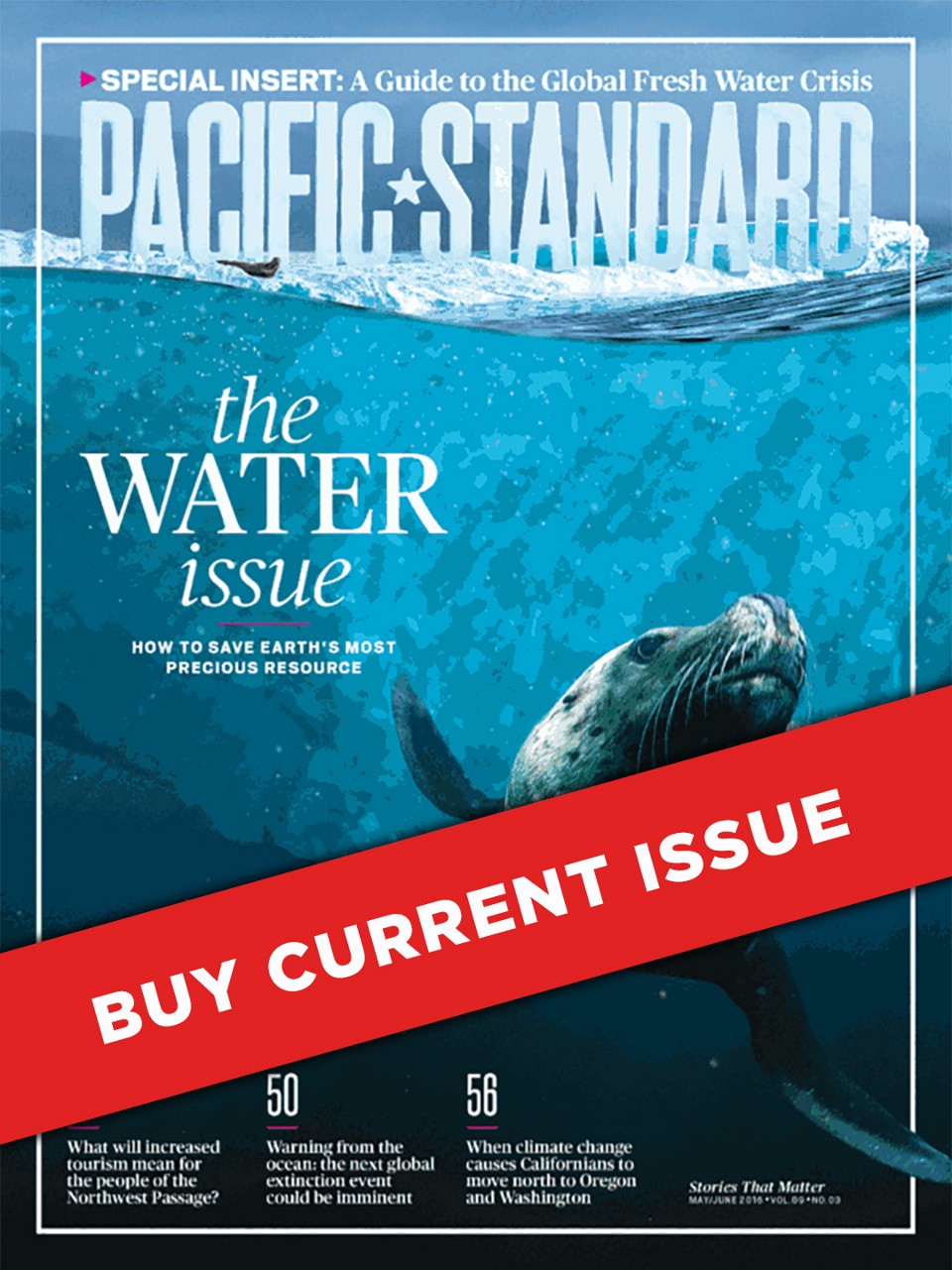Meet the construction manager turned climate scientist.
By Kate Wheeling
Colin Kelley. (Photo: Alex Boerner)
Last year, compelling evidence emerged for a phenomenon scientists have theorized for some time: that climate change could contribute to human conflicts. Colin Kelley and his colleagues published a paper showing that a record-breaking, climate-change-fueled drought contributed to the Syrian uprising.
Since then, Kelley’s given brown-bag presentations to members of the United Nations, and both a United States senator and a former vice president have contacted him to learn more. “A lot of these policymakers are using [the paper] as ammunition to say, ‘This is something we need to take seriously now,’” Kelley says.
You can read more about Kelley’s groundbreaking Syria study in “Droughtlandia.” Here, we dig into how Kelley’s work on the parched Mediterranean region might help to predict the next climate-change induced conflict.
The Mediterranean
The Mediterranean region is expected to be a “hot spot of drying” as climate change progresses. But the region (like most) has a significant amount of natural variation — temperature and precipitation patterns oscillate on daily, monthly, yearly, and multi-decadal timescales. The crux of Kelley’s work involves using statistical techniques to isolate natural climate variation; then, in projections and simulations, he can identify changes in temperature or rainfall due to climate change.
The Eastern Mediterranean
As Kelley began studying rainfall and drying in the Mediterranean, his research revealed a distinct climate-change signal in the eastern expanses of the region. Cyclical atmospheric processes over the North Atlantic drive rainfall and temperature patterns across Europe, but the atmospheric cycles have less influence on weather east of the Mediterranean Sea. “You’re left with a clearer global warming signal,” Kelley says.
Syria
During his Ph.D. work at Columbia University’s Lamont-Doherty Earth Observatory, Kelley found climate change was drying out the Mediterranean, including Syria, an agrarian country nestled in the Middle East’s Fertile Crescent. But his key achievement was determining how the country’s changing climate interacted with its politics, economy, and culture to influence the food and water insecurity helping to fuel the current conflict ravaging the nation.

This story first appeared in the May/June 2016 issue of Pacific Standard.
Yemen
As a post-doctoral researcher at the University of California-Santa Barbara, Kelley began a similar, comprehensive study of Yemen, which also became embroiled in a bloody conflict after his research began. The agrarian country is highly dependent on groundwater for consumption and agriculture, and Kelley found that climbing temperatures have led to an increase in evaporation of water from the soil during the dry season — so much so that when the rain does arrive, it’s not enough to recharge strained aquifers. The country’s capital, Sana’a, could be the first in the world to run out of water. The city is in such dire straits that a water consultant told Yemeni officials that, in the long run, they may have to transport its millions of residents to the Red Sea coast.
The Next Great Conflict
Kelley wants to adapt case studies like those he carried out in Syria and Yemen to optimize vulnerability indices that policymakers use to predict where conflict will strike next. But regional differences in governance, economy, agriculture, access to water, reliance on imports, and even religion can influence what the effects of climate change will be. “When you try to treat all of these countries the same and put them on the same scale, they’re not necessarily going to have the same interdependencies between these factors,” Kelley says. Before the Syrian conflict began, the existing indices missed something, according to Kelley. “Some experts were saying, ‘Syria is very stable, their economy is very stable, they’ve got wheat production, they’re a net exporter, nothing’s going to happen,’” Kelley says. “And then it happened.”

||





